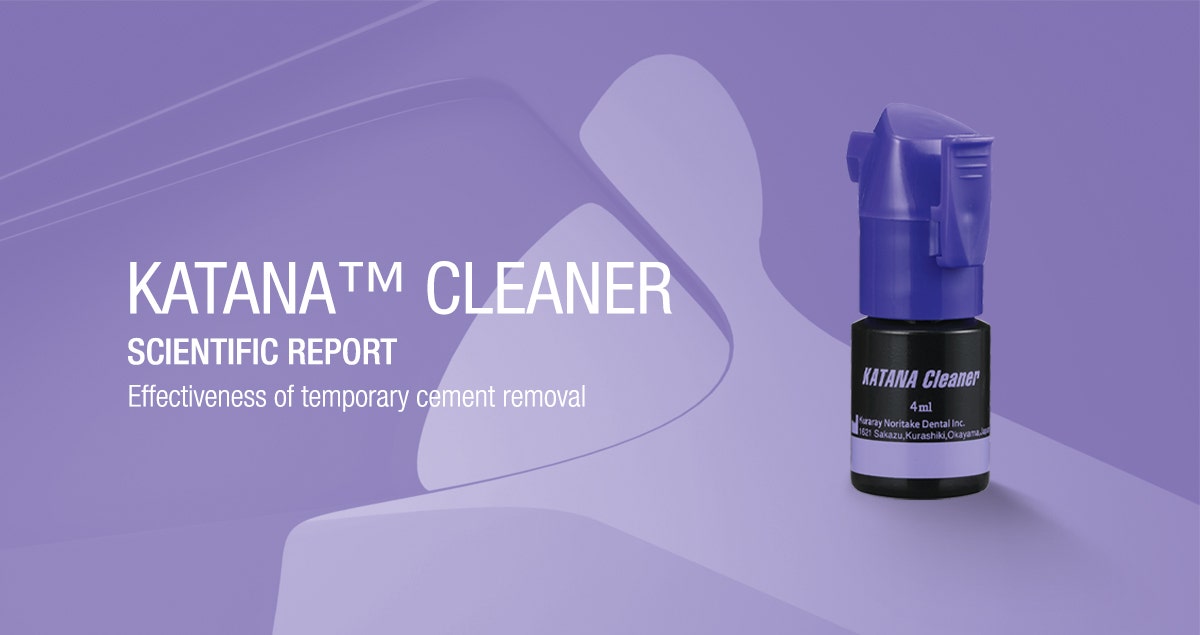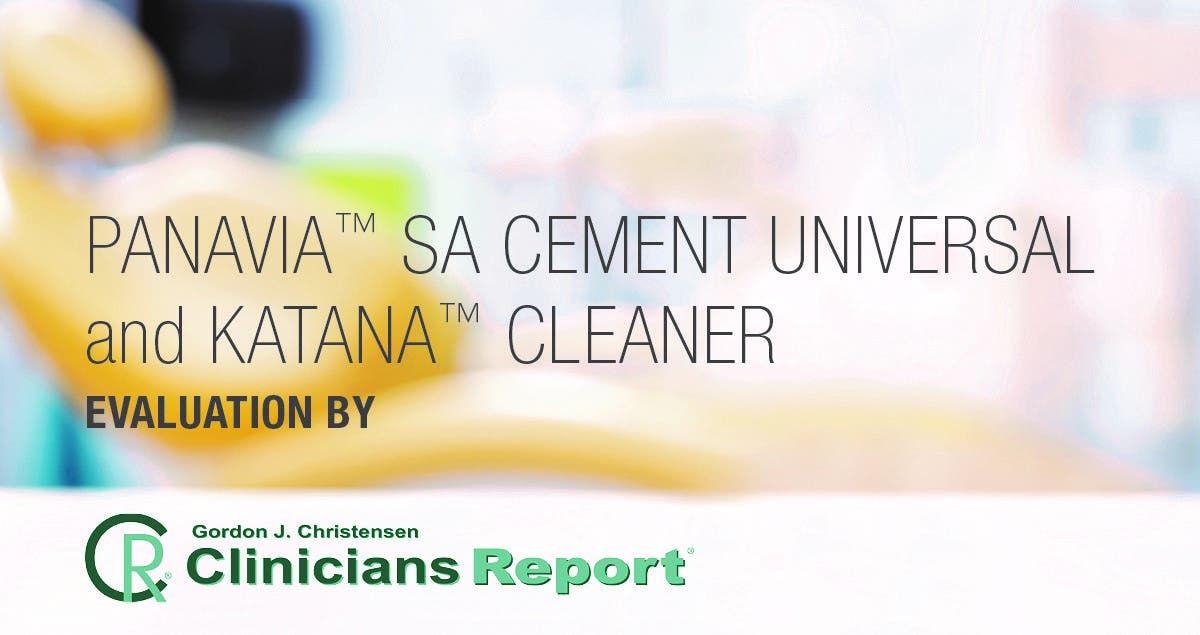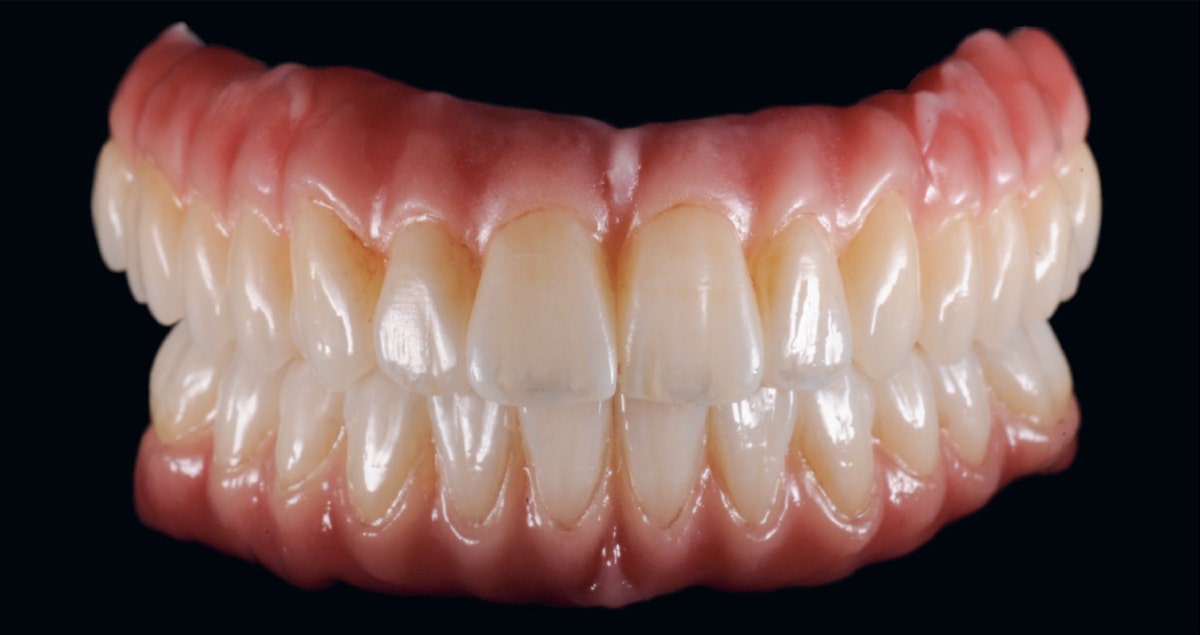
Burns due to phosphoric acid
Phosphoric acid, sometimes also called orthophosphoric acid, is a substance that is used frequently in the practice of dentistry, mostly in concentrations between 30 and 40%. It is a proven substance for the etching of enamel (Buonocore 1955). It also entails hazards, because contact with the eyes and skin may cause severe irritation, blistering and burns.
The substance should only be applied where its use is intended, and proper control is of the essence. The use of a coloured gel is therefore recommended, preferably of a thixotropic type. The application of a cofferdam is also definitely recommended, and the patient should wear protective glasses ( the practitioners should obviously also wear protective glasses). When removing the etching gel, the main volume should first be sucked away using a saliva ejector without a cap. The area should then be rinsed clean with a spray mist suction device under continued suction.
If the etching gel should unintentionally get onto the skin or, even worse, into the eyes, the affected area should be rinsed with plenty of water until the patient no longer feels any pain in the affected area. In such a case, it is recommended that medical assistance be sought.
This article is based on a publication in the British Dental Journal Vol 217 No.2 Jul 25 2014
Link to the publication.
- 19 sept. 2016






